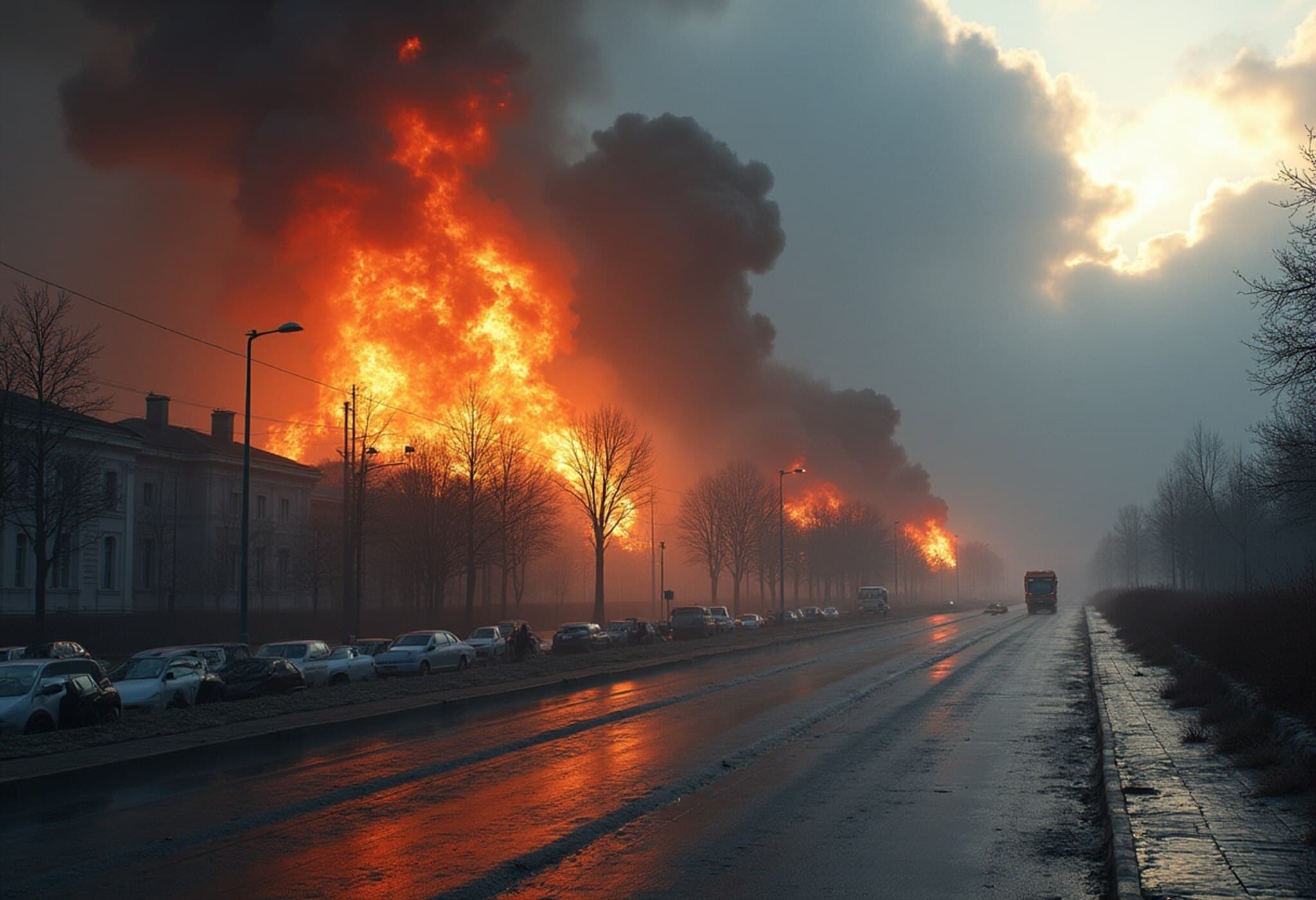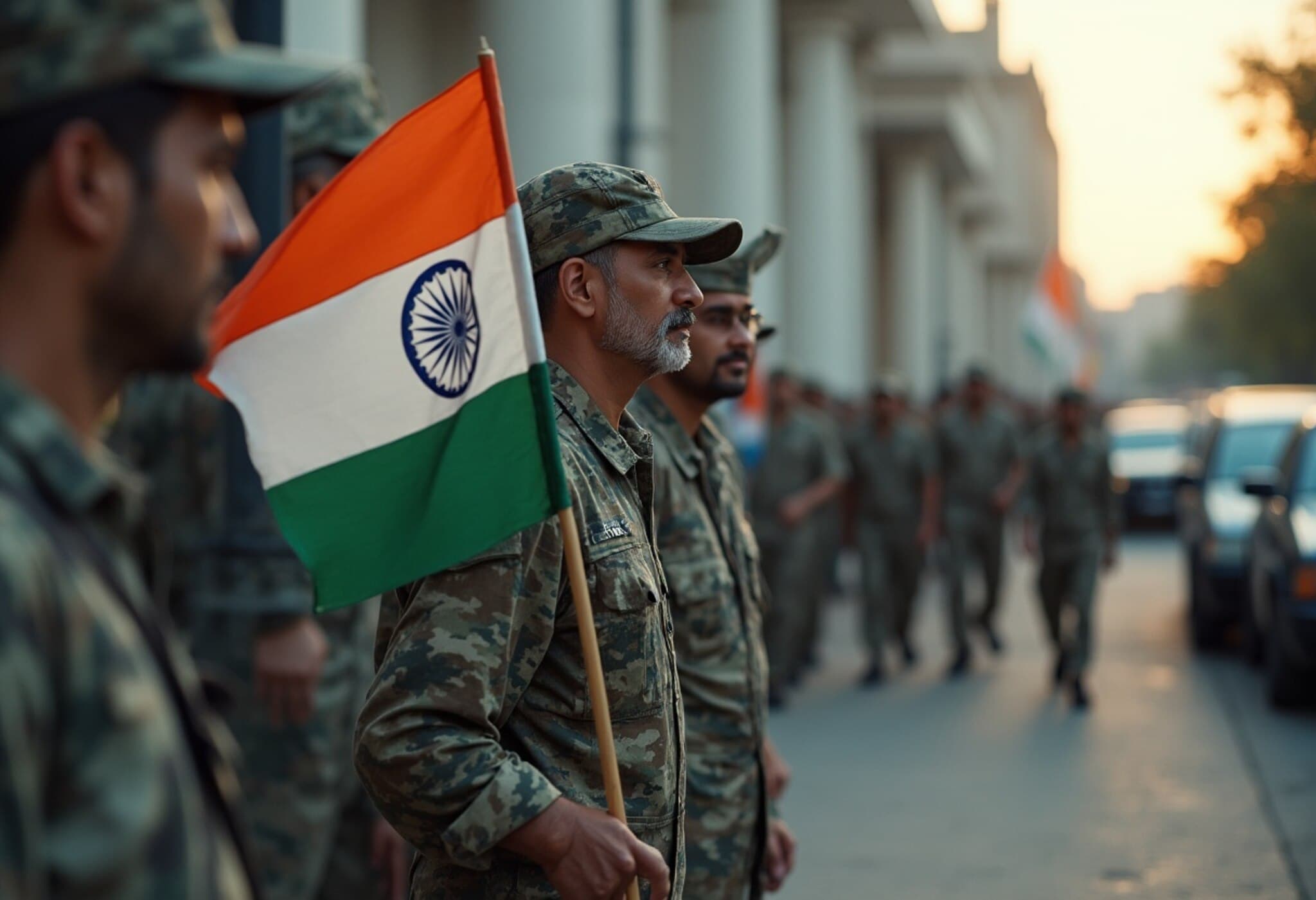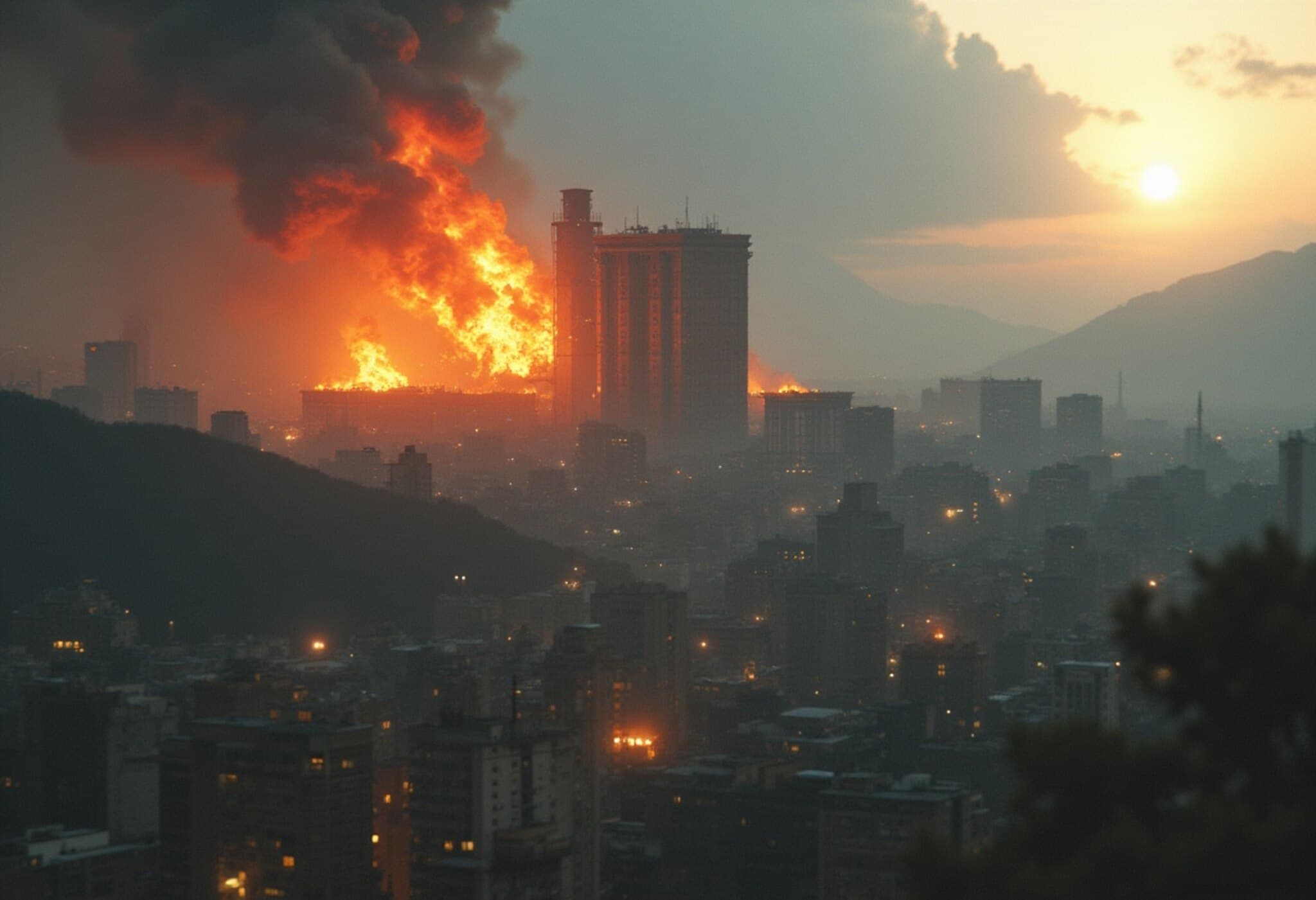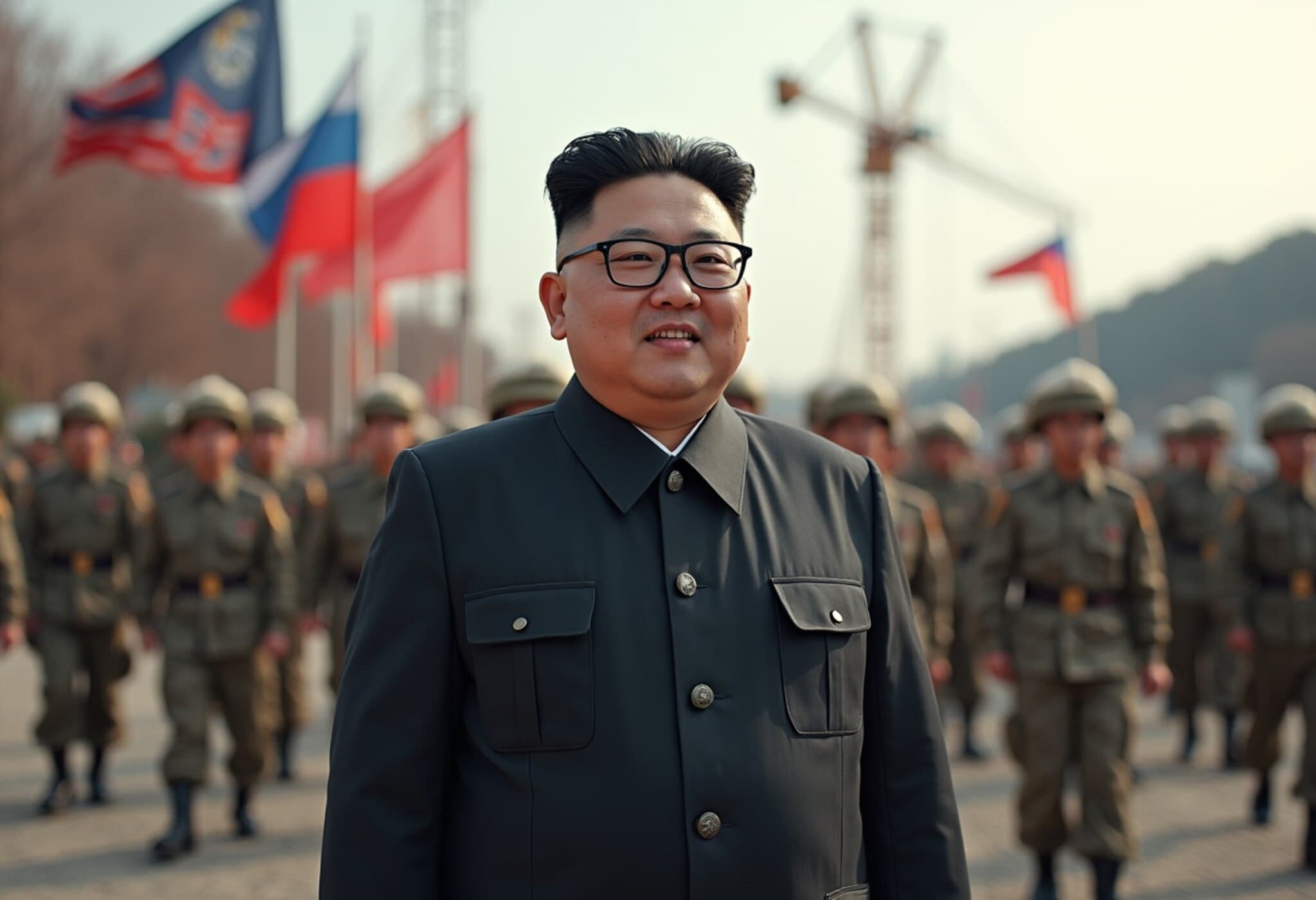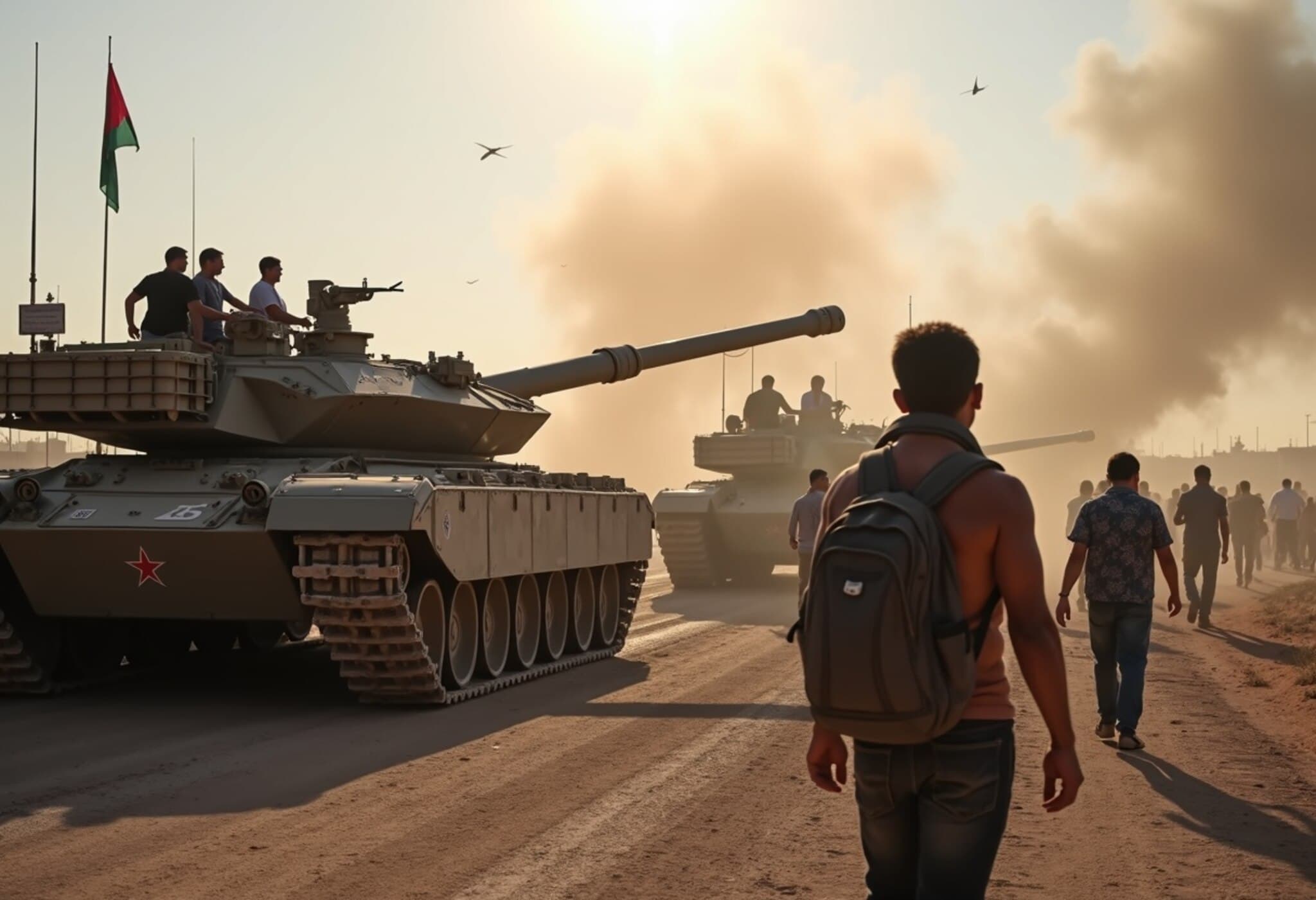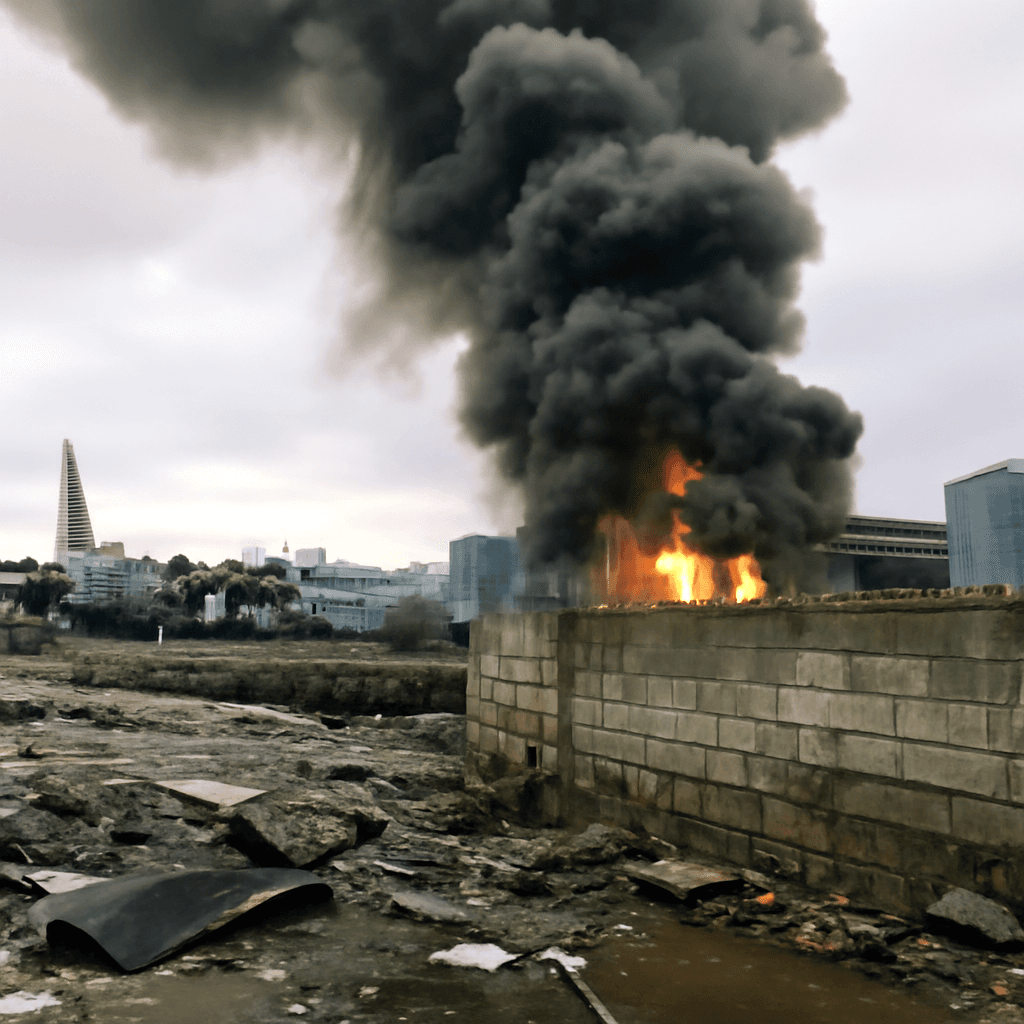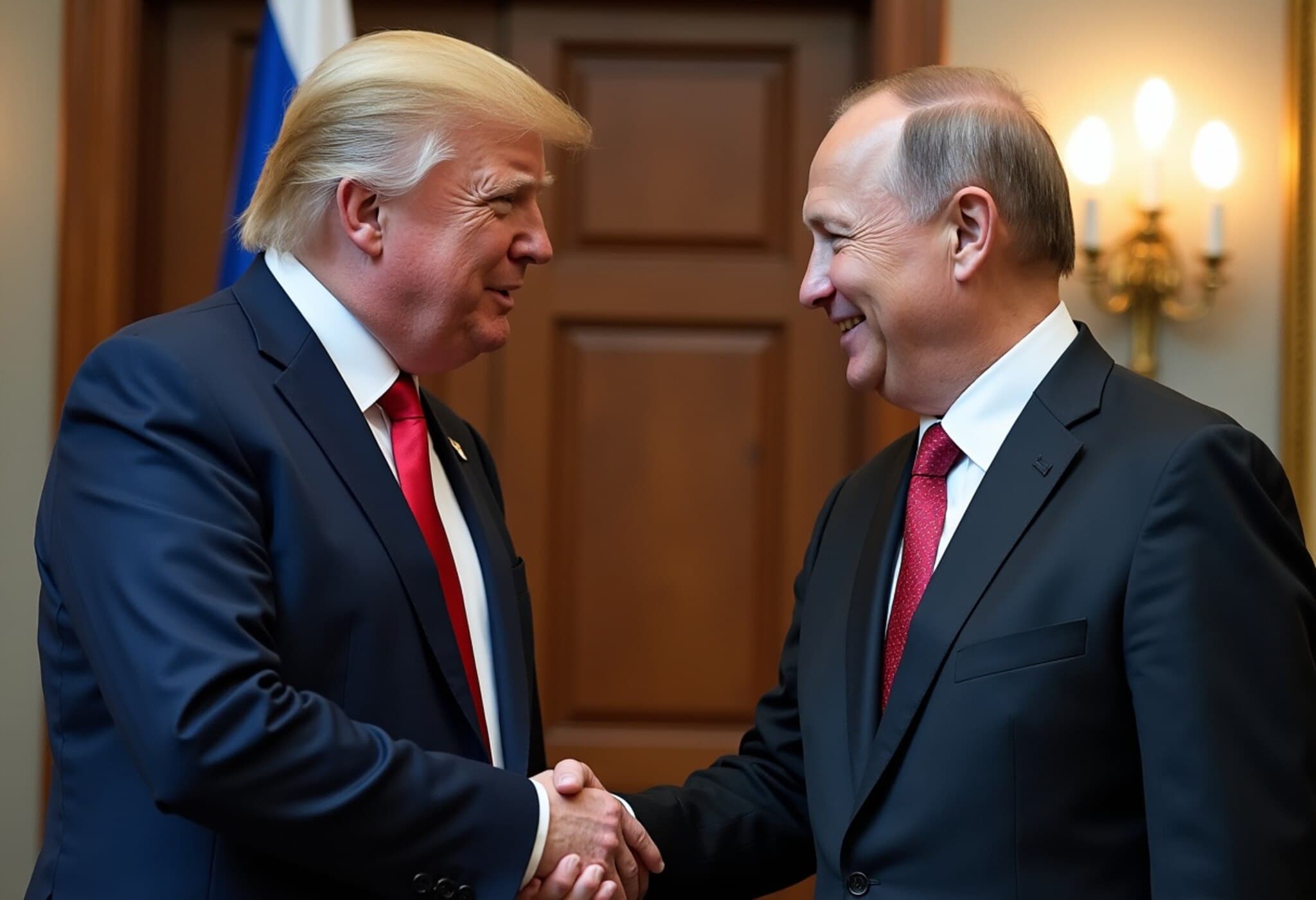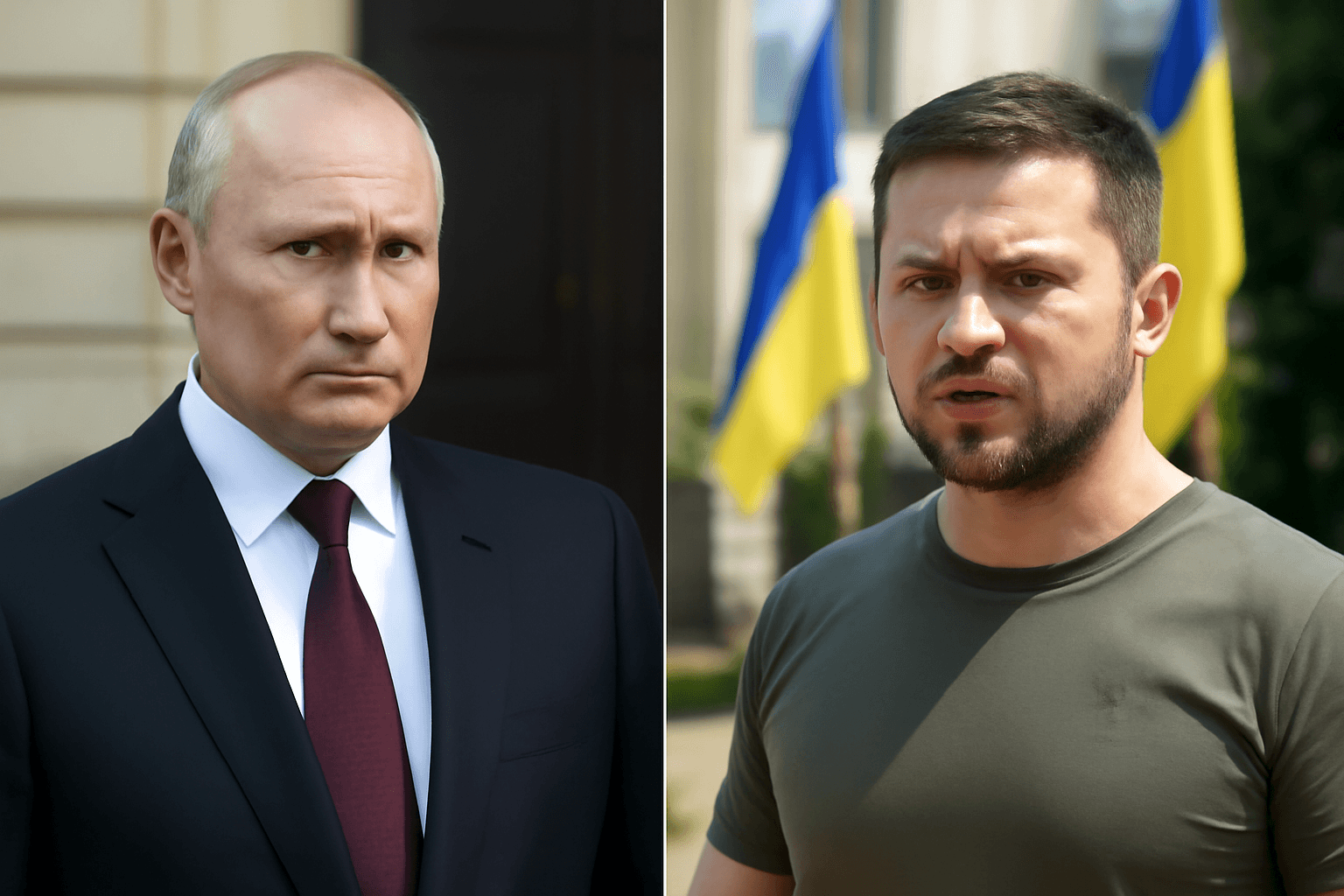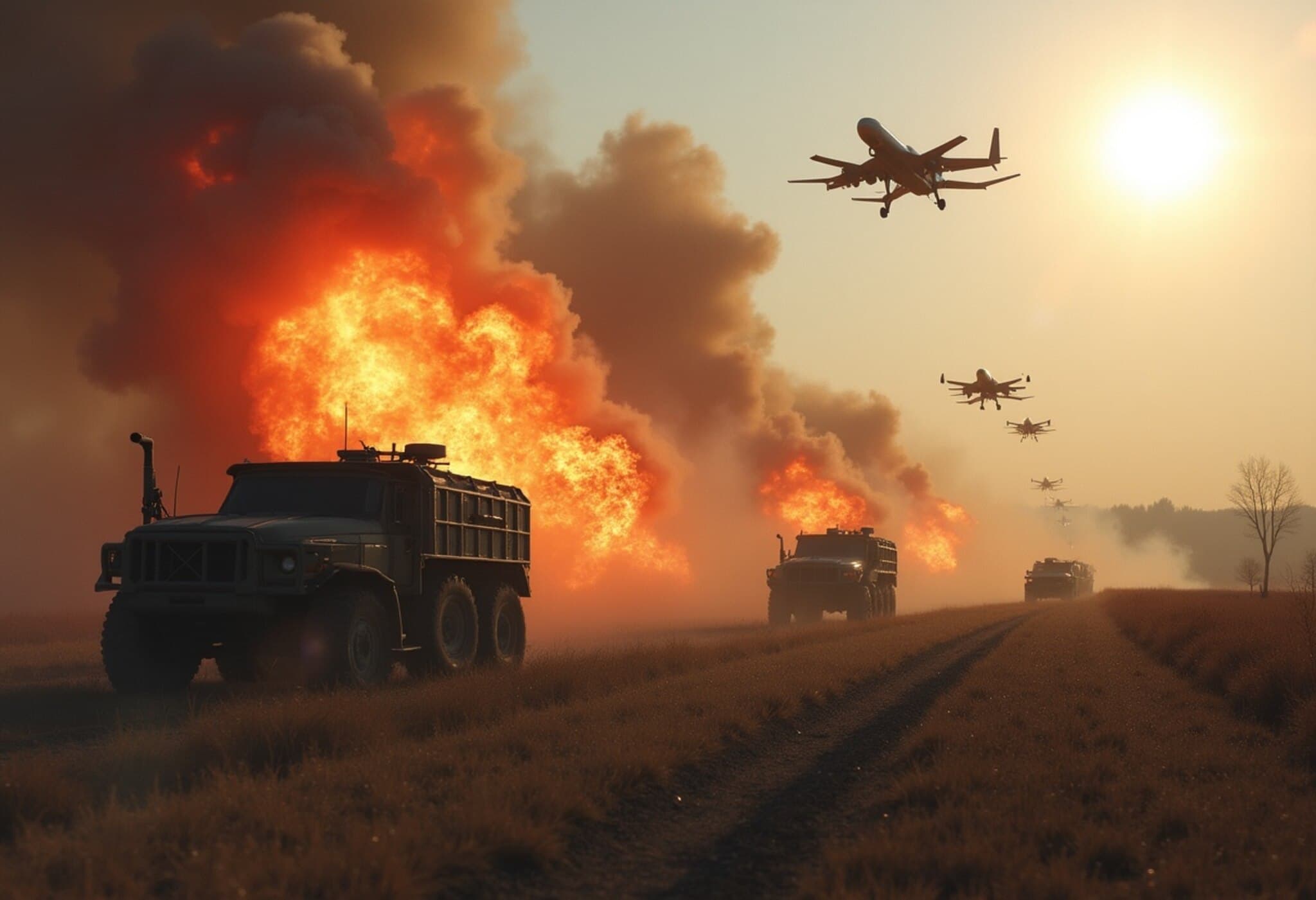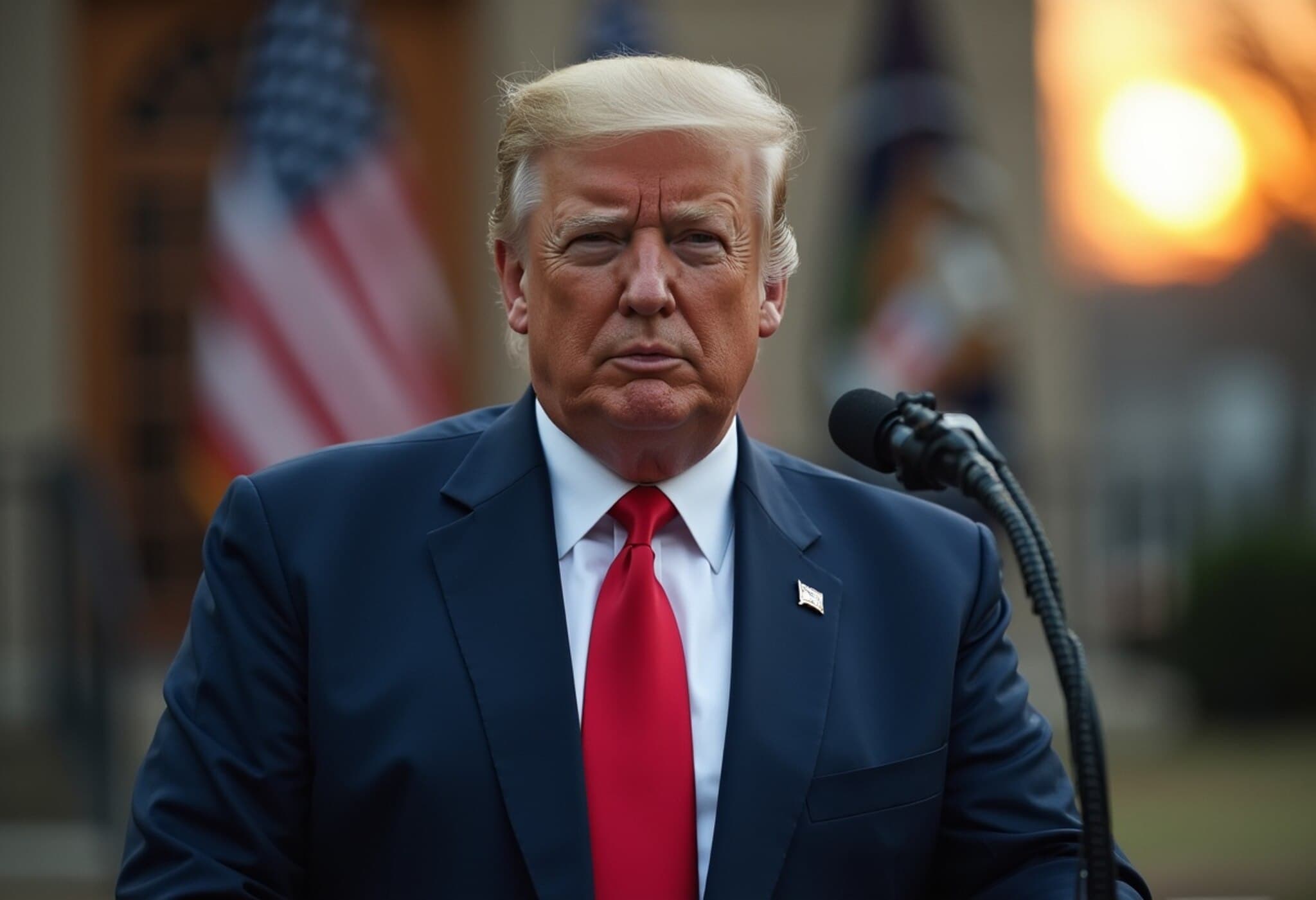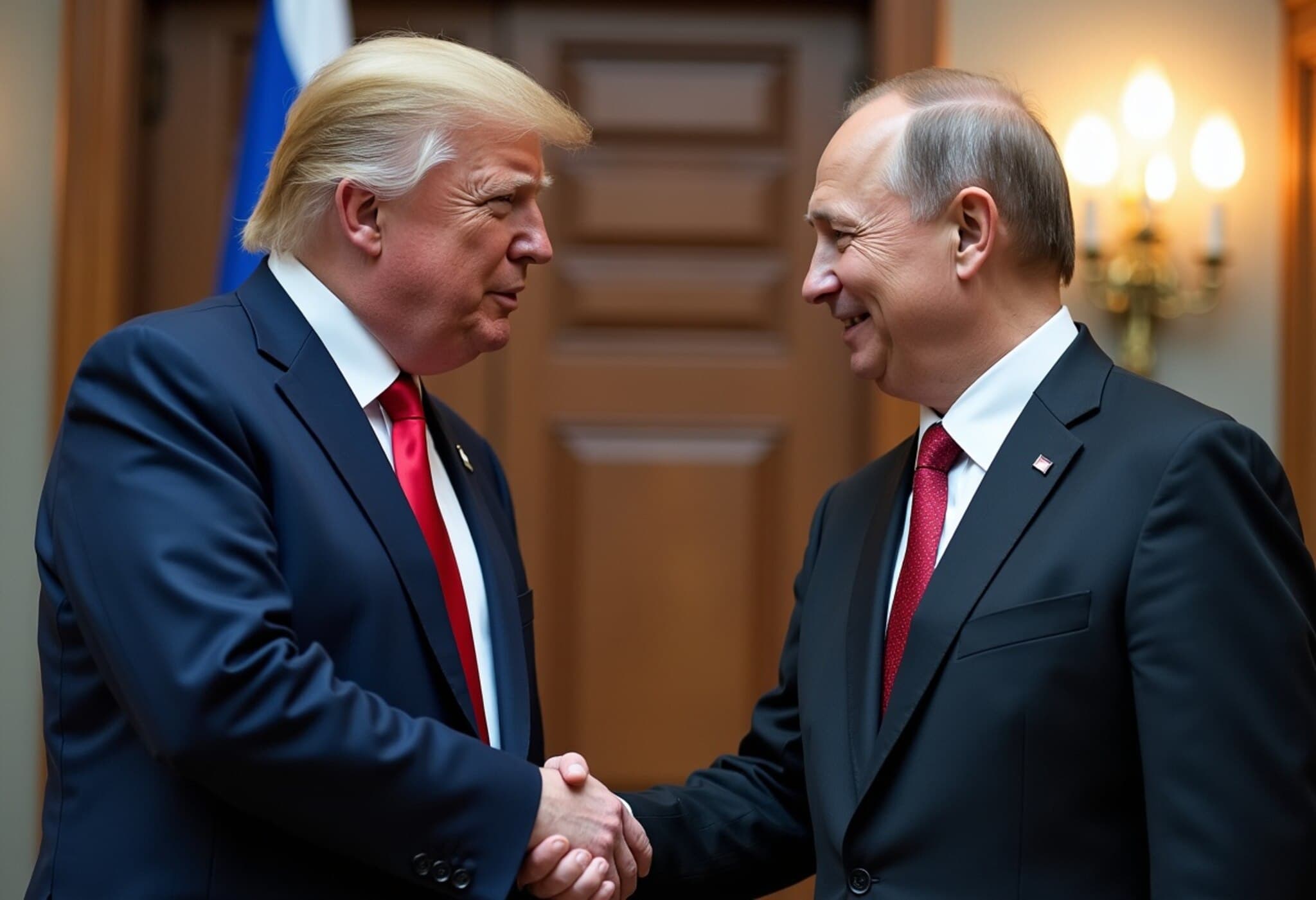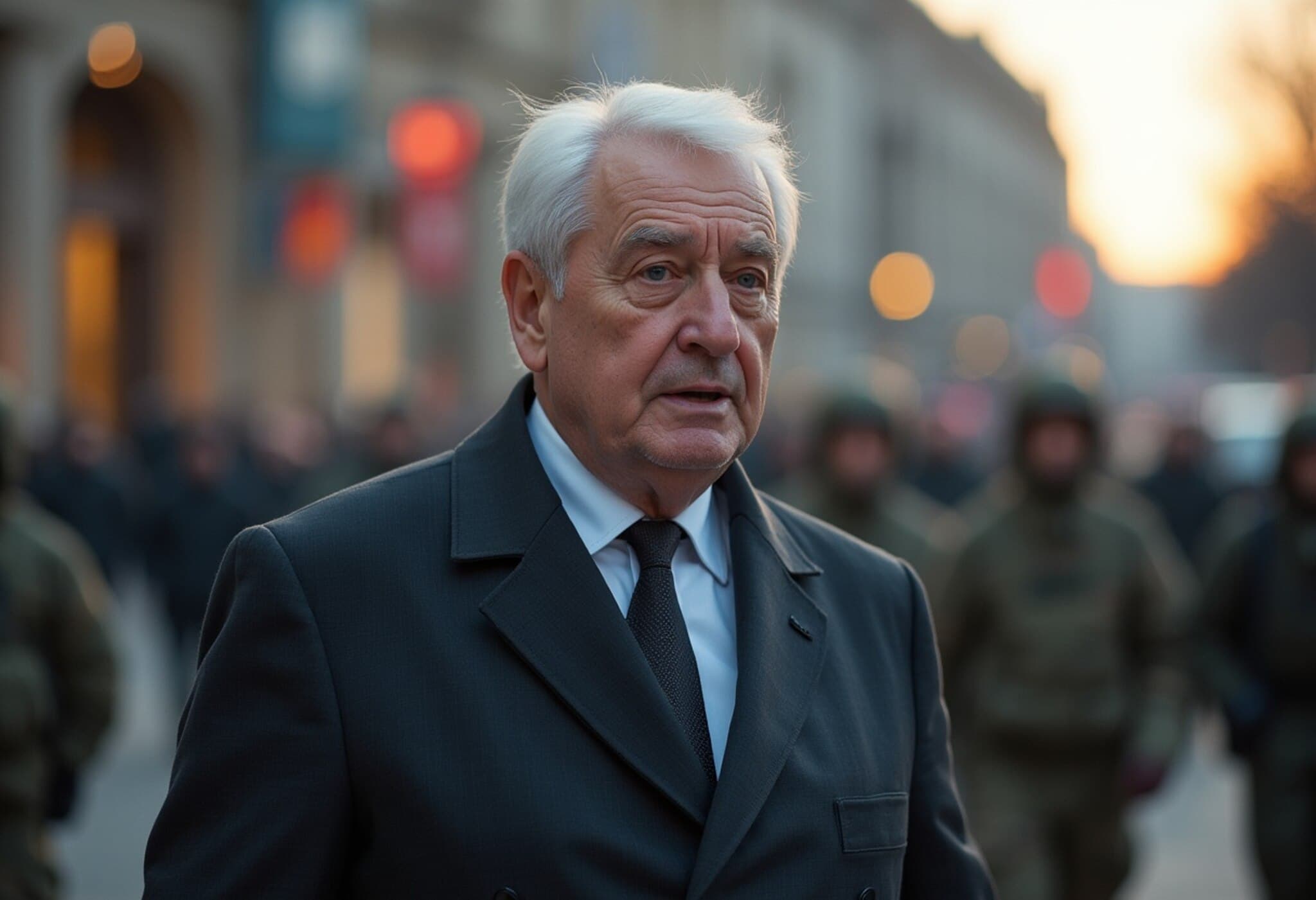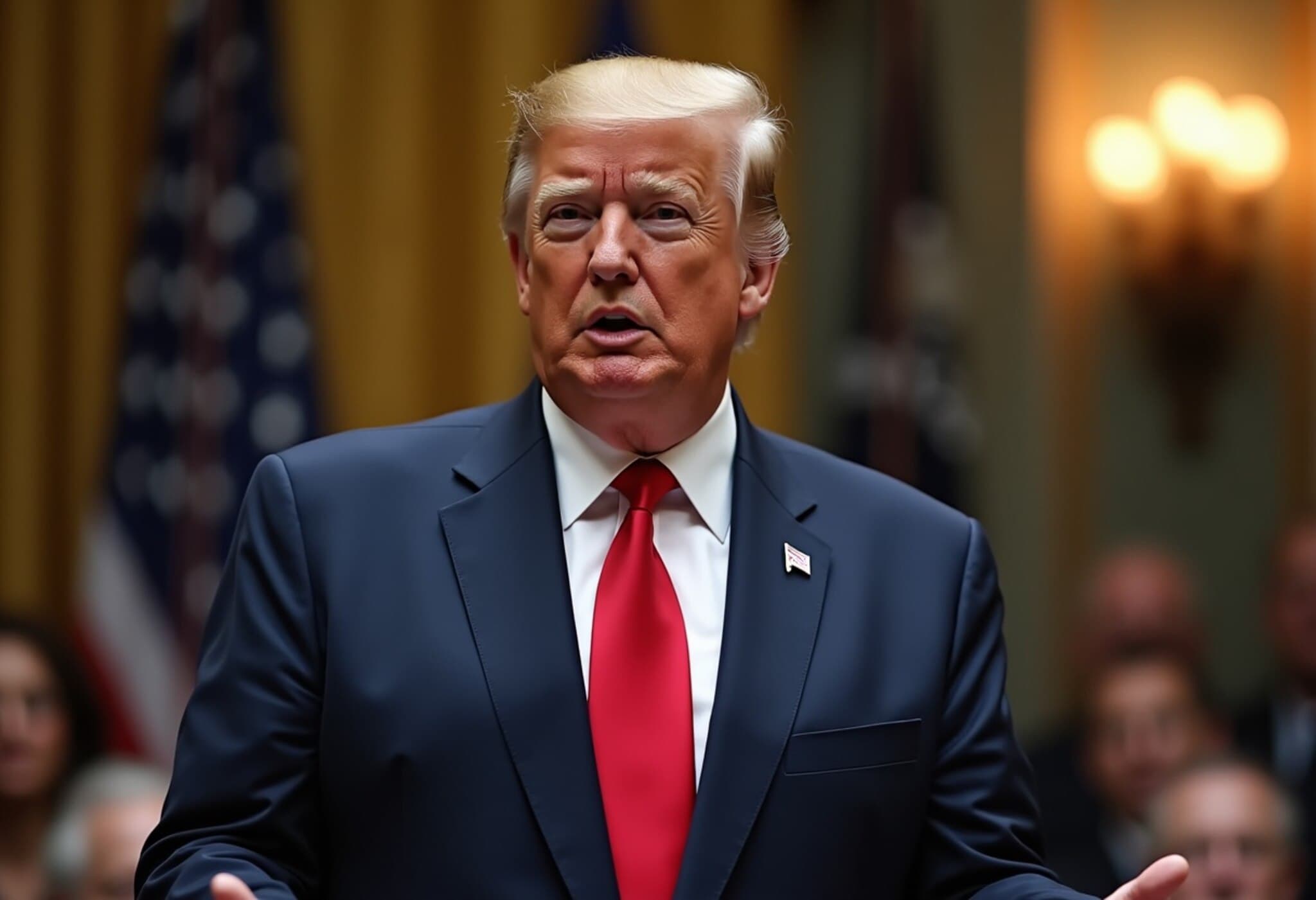Tragic Airstrike Devastates Kyiv’s Darnytskyi District
In a grim escalation of violence, Russian forces launched what has become their deadliest airstrike on Ukraine’s capital, Kyiv, killing 23 civilians on the night of August 28, 2025. The attack struck a residential building in the eastern Darnytskyi district, tragically claiming the lives of four children, according to Ukrainian Interior Minister Ihor Klymenko. Moments later, a second blast targeted Kyiv's central Shevchenkivskyi district, killing an additional person and inflicting severe damage to important diplomatic buildings.
Destruction Hits Diplomatic Sites Including British Council and EU Offices
The second strike devastated the British Council’s Kyiv office as well as the European Union delegation’s premises. The British Council building suffered shattered windows, destroyed entrances, and interior havoc marked by collapsed ceilings and broken glass doors. EU Ambassador Katarína Mathernová confirmed the EU offices were severely damaged by the shockwave of the blast, underscoring the attack’s brutal disruption beyond residential zones.
International Reactions: EU and UK Summon Russian Envoys
In response, both the European Union and United Kingdom have urgently summoned Russian envoys, condemning the strikes as a flagrant violation of international norms and a direct attack on civilian and diplomatic targets. A UK government official told The Guardian that the Foreign Office took the action following the destruction inflicted on the British Council.
UK Foreign Secretary David Lammy said: “Putin’s strikes last night killed civilians, destroyed homes, and damaged buildings, including the British Council and EU Delegation in Kyiv.” This diplomatic backlash illustrates escalating tensions as Western nations push back against Moscow’s aggression.
The Scale of the Assault and Its Implications
Ukraine’s Air Force reports that Russian forces launched a massive strike wave composed of 629 drones and missiles, marking the second-largest aerial barrage of the war since Russia’s full-scale invasion began in February 2022. This relentless bombardment comes amid international calls for a ceasefire, notably championed by US President Donald Trump, highlighting the disconnect between rhetoric and battlefield realities.
US Leadership’s Stance Amid Renewed Violence
Trump’s press secretary, Karoline Leavitt, noted the president’s displeasure at the attack yet admitted he was not surprised by the continuation of hostilities. Trump’s special envoy for Ukraine, Keith Kellogg, warned that these aggressive strikes threaten ongoing peace efforts, complicating the already fragile path toward a diplomatic resolution.
Contextual Analysis: Why This Attack Matters
The attack’s targeting of civilian residential areas and high-profile international institutions not only raises profound humanitarian concerns but also underscores Russia’s strategic calculus. By striking Ukrainian and foreign cultural and diplomatic infrastructure, Moscow sends a stark message challenging Western support for Kyiv.
This assault also spotlights the precarious position of Ukraine’s capital, which continues to bear the brunt of aerial aggression—a stark reminder of the conflict’s human cost and the enduring vulnerabilities of urban centers amidst modern warfare.
Critical Questions Moving Forward
- Will Western diplomatic pressure translate into actionable consequences for Russia?
- How will Ukraine bolster protections for civilians and key diplomatic missions amid ongoing air raids?
- Can international ceasefire efforts regain momentum in light of these escalations?
Conclusion: The Human Toll Amid Geopolitical Turmoil
As Kyiv mourns 23 lives lost, including innocent children, the international community’s response highlights the broader stakes: peace, sovereignty, and the defense of civility during wartime. The attack serves as a chilling reminder of the lengths to which this conflict has stretched and the urgent need for renewed diplomatic engagement to end the suffering.
While media coverage rightly focuses on the immediate loss of life and diplomatic fallout, the longer-term implications on Kyiv’s civilian infrastructure and international relations require deeper examination. This incident raises important questions about the effectiveness of diplomatic deterrents and the practical realities on the ground. As the global community watches, sustained effort and innovative peace strategies are paramount to prevent further civilian tragedies and to restore stability in the region.

